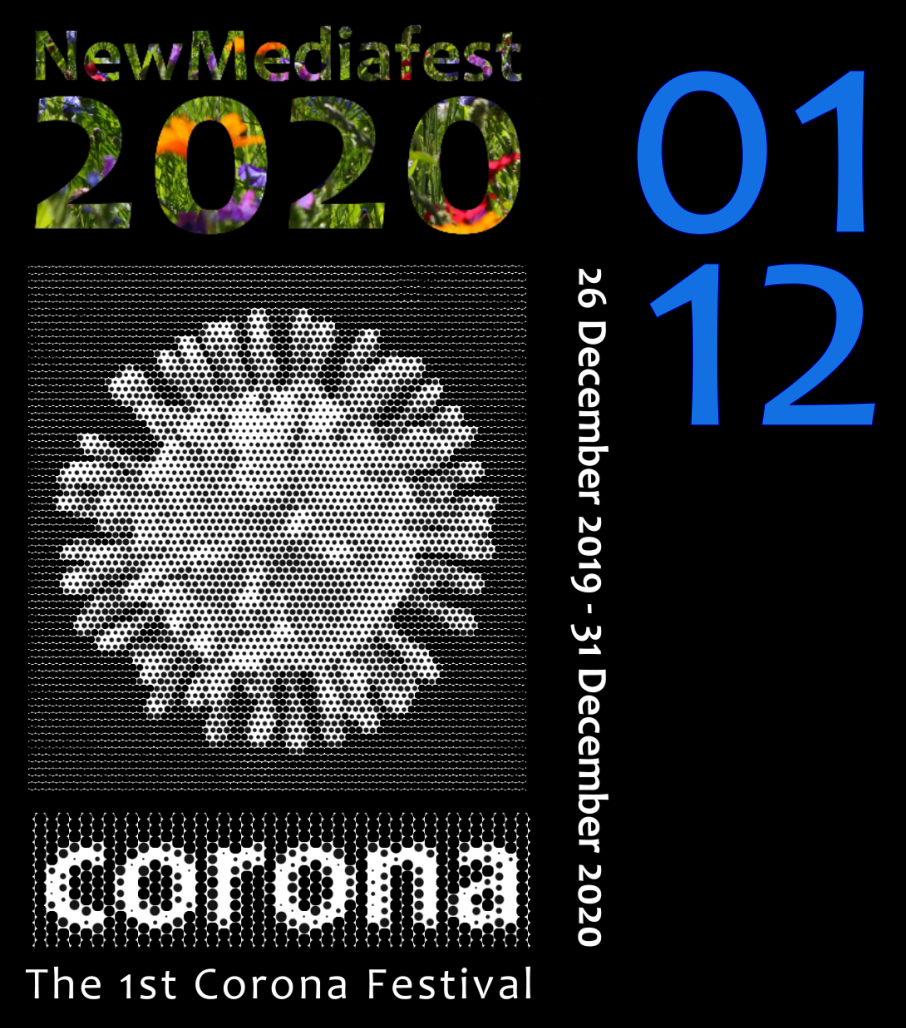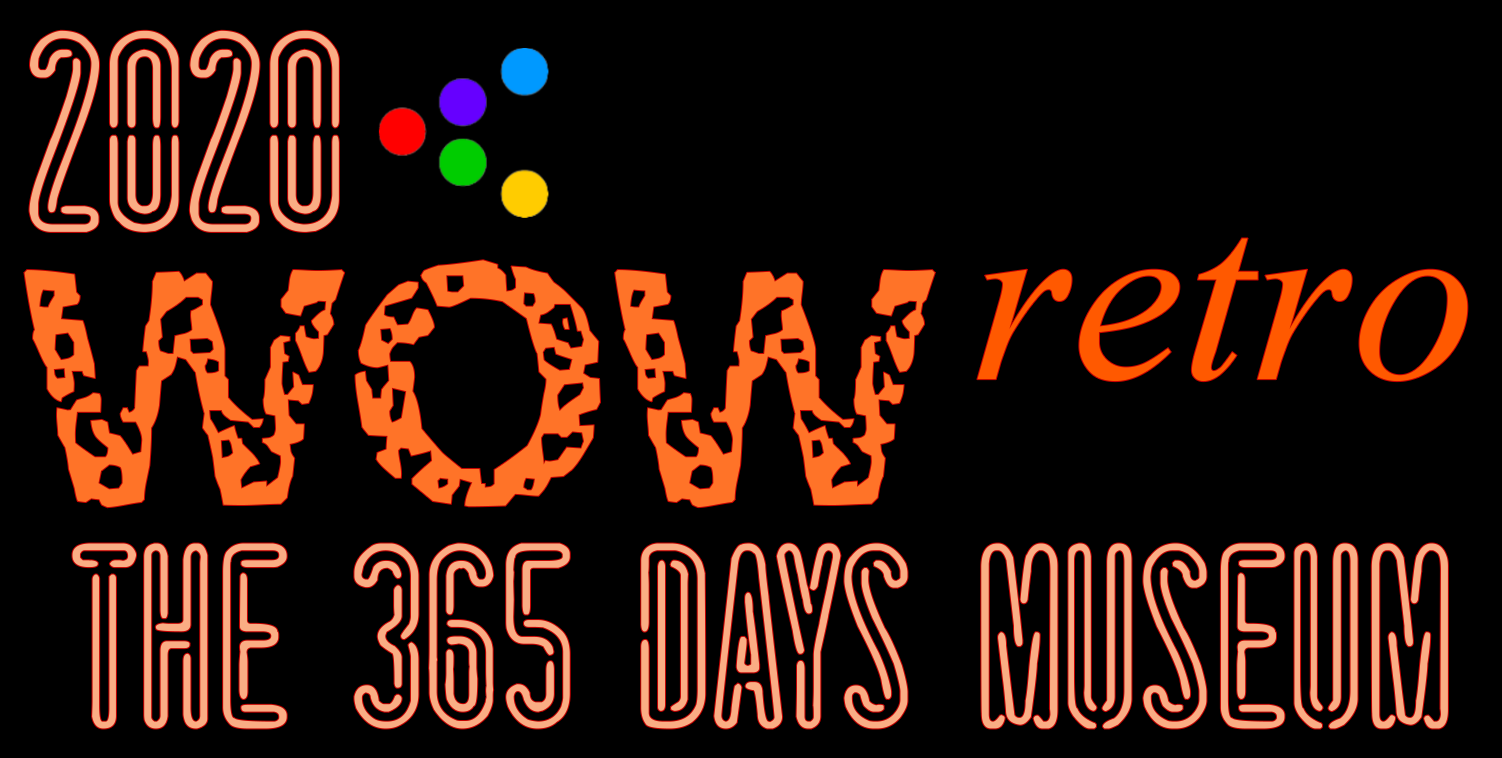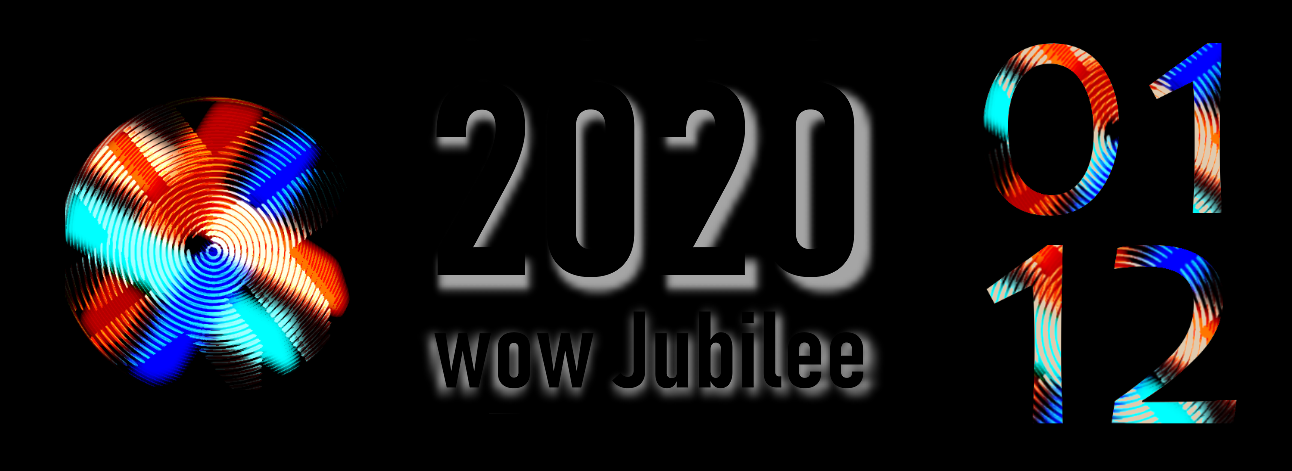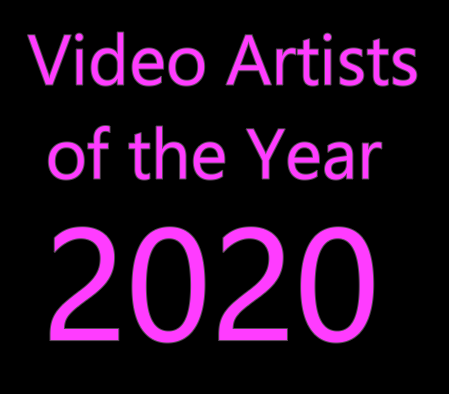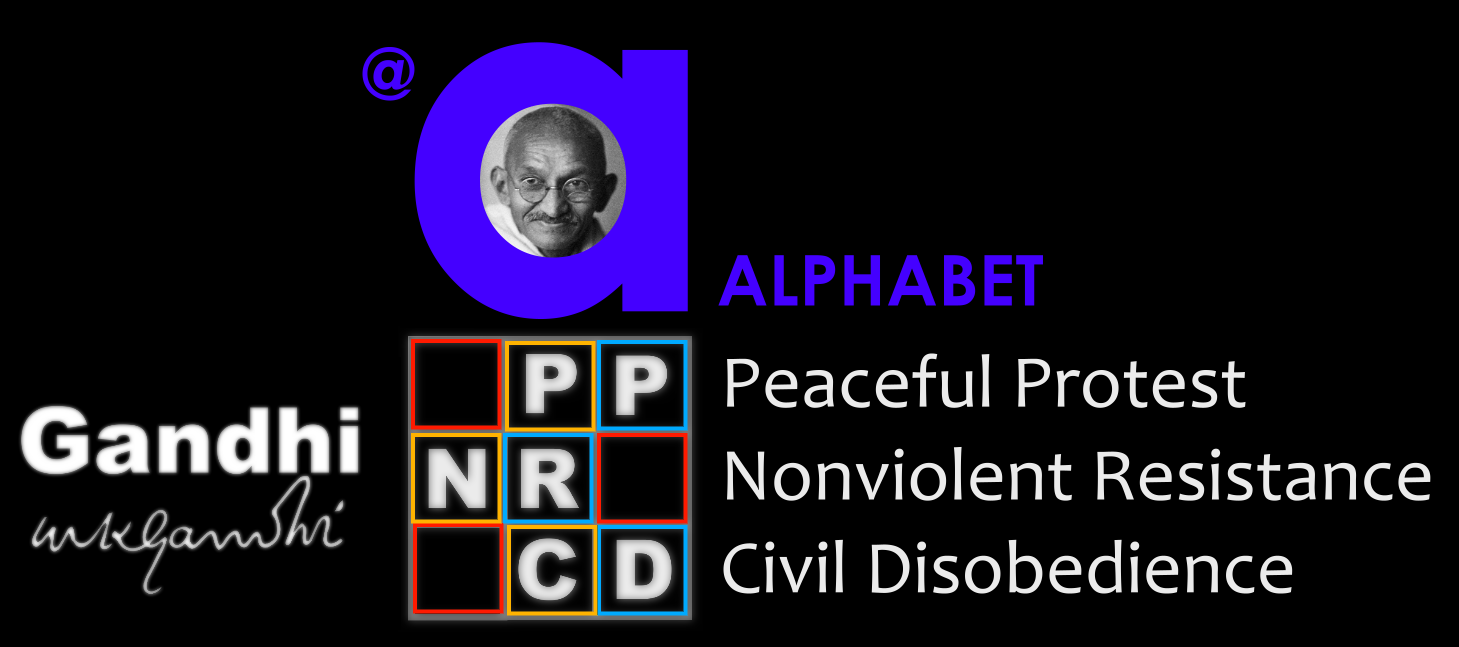feature
JIP – JavaMuseum Interview Project

Wilfried mentioned in previous articles already the relevance of BEAP – Biennale of Electronic Art 2004 in Perth/Australia. After 4 years having his social art related activities since 2000 focussed mainly on the virtual level online, the year 2004 is representing a kind of caesura how Wilfried is facing the perspectives of his activities according to the new perceptions that the Internet, thus the virtual level, is getting its real relevance only in an exchange between virtual and physical space, by juxtaposing the virtual and physical level. This was no sudden change of point of view, but a development step by step, by making his experiences building up his audience and community of artists, curators and other cultural instances.
By coincidence, in 2004 “netart” had its high time, afterwards the relevance of this particular art genre was suddenly decreasing, actually it was rather a creeping process, however, which was lying in how audience and artists were dealing with netart as an artmedium. This process was evident in the quantity and quality of netart works created after 2004, so that Wilfried who had actively artists encouragaded to follow the path of netart, saw himself forced to decide sometimes over the future of JavaMuseum and stop his encouragement, this way, so actually Wilfried had a certain share of a faster decline of netart. There were many motivations for a change – also because during the creation process of The RRF Project initiated in 2003, new artistic media came into the foreground – video (videoart) and sound (soundart), so that the decision to stop his engagement for netart as it had been since 2000 – after organising a final show at JavaMuseum wasn’t that hard for him personally, maybe harder for artists being affected by Wilfried’s decision because a relevant player in the netart scene was lost…. On the other hand, Wilfried received an enourmuos feedback on the new direction of his curatorial/artistic activities after BEAP 2004, which made him rethinking the position of an artist rather as a partner, not only for him personally, but for the audience as well, so a certain contradiction was evident, which was bringing Wilfried to the conclusion, that it was now his task as a mediator to minimize the distance between an artist and the audience, as well – which additional would lead to a better understanding of art and the creative processes by personalizing the usual anonymity.
Through his own experiences, firstly as an artist and later also as a curator, Wilfried was convinced that the format of the interview which he was doing with an artist would bring the best results, under the condition, of course, that some intelligent questions would motivate the artist to give some intelligent answers, which had the potential to lead to a better understanding for art in general, and in particular for the work of an individual artist. Already in 2005, Wilfried started interviewing video artists, later the year soundartists, and when he got some new ideas for reactivating JavaMuseum in 2007, it was the idea to start the relaunch in 2006 by interviewing the netartists – Wilfried been collaborating with in JavaMuseum or The RRF Project.
Generally, it wasn’t the goal of an interview to replace an art work or take influence on the viewer’s interpretation, but spotlight the background of the artist personality and his motivations, providing additional and different information than the mere sensual perception of an art work. Such information are highly appreciated by the audience of such works, differently than in visual art in physical space, where the viewer often prefers no additional information which might influence his sensual perception and interpreting.
Wilfried saw the matter always differently, because he likes to receive on divers levels as many information as possible in order to generate an image as complex as possible. He wants to come as close to an art work as possible, and this means always also so approach the artist, the personality of an artist as close as possible, by installing a kind of personal relationship, through the divers information levels.
By interviewing the artists of the different art genres, he would like to offer the audiencve the possibility for more complex sensual perceptions, but it is up to the viewer or user to accept Wilfried’s invitation, it’s everybody’s individual decision, how he uses the available information.




